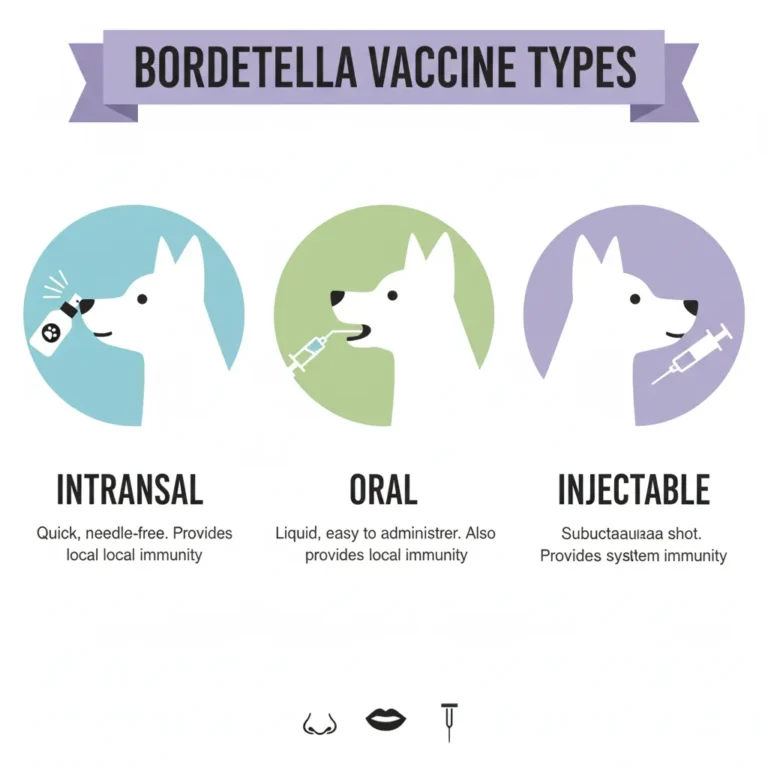
Author: DogsBlogSS Team
⚠️ Disclaimer: This article is for informational purposes only and is not a substitute for consulting a veterinarian.
simparica for dogs
If you’ve ever battled fleas or ticks on your dog, you already know how relentless those tiny pests can be. One day your dog is scratching a bit, and the next thing you know, you’re pulling ticks off their ears or dealing with flea bites all over their belly. It’s no wonder so many pet parents turn to Simparica, a monthly chew that promises fast, reliable protection.
But with all the conversations happening on Reddit, Facebook groups, and Google searches—especially about neurological risks and seizures—it’s completely normal to want clarity. You want your dog safe, comfortable, and living their happiest life. This guide walks you through everything: safety, side effects, effectiveness, comparisons, dosage instructions, and more—written in a friendly, easy-to-understand way, as if you’re chatting with a fellow dog-lover over coffee.
Let’s dive in.
Safety & Side Effects
(Highest Priority for Most Pet Owners)
Is Simparica Safe for All Dogs?
According to zoetisus and zoetisus,This is easily the most-searched question, and rightly so, Simparica is considered safe for most healthy dogs, but there are a few important rules:
Age & Weight Guidelines
According to zoetisus and zoetisus:
- Dogs must be at least 6 months old
- Minimum weight: 2.8 lbs (1.25 kg)
- Only use the dose prescribed for your dog’s exact weight bracket
These guidelines come from the manufacturer, Zoetis, which provides full dosing and safety documentation:
Pregnant, Breeding, or Lactating Dogs
According to zoetispetcare and zoetis, Zoetis notes that Simparica has not been thoroughly evaluated in:
- Pregnant dogs
- Breeding dogs
- Nursing dogs
Because of this, many veterinarians prefer to avoid it in these cases unless absolutely necessary.
Senior Dogs
According to zoetispetcare and zoetis , Most older dogs tolerate Simparica well, but if your senior pup has:
- Kidney disease
- Liver disease
- Neurological disorders
then your vet may recommend monitoring or choosing a milder alternative.
What Are the Most Common Side Effects of Simparica?
According to drugs and zoetis,the majority of dogs never experience any noticeable issues. When side effects do happen, they are usually mild and temporary.
Most Common Side Effects
According to drugs and zoetis:
- Vomiting
- Diarrhea
- Lethargy (sleepiness or low energy)
- Lack of appetite
- Tremors (rare)
Most minor digestive reactions resolve within 12–24 hours.
If vomiting occurs right after your dog takes the tablet, scroll down to “What if my dog vomits after taking Simparica?”
Does Simparica Cause Seizures or Neurological Problems?
What the FDA Actually Says
According to FDA and FDA, Isoxazoline drugs may cause neurological reactions such as:
- Seizures
- Tremors
- Ataxia (loss of coordination)
However:
- These reactions are rare
- Most dogs have zero neurological issues
- The FDA continues to state the products are safe for the majority of dogs
the dogs with a normal neurological history have very low risk using isoxazolines.
Can I Give Simparica to a Dog With a History of Seizures?
According to dvm360 and Zoetis and fda , This requires careful consideration:
Vet Guidance
Most veterinarians say:
- Simparica can trigger neurological events in susceptible dogs
- For dogs with epilepsy or past seizures, avoid Simparica
- Alternatives like Sentinel, Revolution, or Advantage Multi are often safer
You should only use Simparica for a seizure-prone dog under direct veterinary supervision.
What Should I Do If My Dog Overdoses on Simparica?
If your dog accidentally eats multiple tablets:
Call your vet or an emergency clinic immediately.
Possible overdose symptoms:
- Tremors
- Excessive drooling
- Vomiting
- Disorientation
- Seizures
You can also call:
- Pet Poison Helpline: https://www.petpoisonhelpline.com
- ASPCA Poison Control: https://www.aspca.org/pet-care/animal-poison-control
Efficacy: What Simparica Actually Treats
What Parasites Does Simparica Kill?
According to zoetis and zoetis and zoetis and zoetis, Simparica protects against:
Fleas
- Kills adult fleas fast
- Breaks the flea life cycle
Ticks
Simparica kills multiple tick species, including:
- Deer Tick (Black-legged Tick)
- Lone Star Tick
- Brown Dog Tick
- American Dog Tick
- Gulf Coast Tick
Mites
Simparica also treats:
- Sarcoptic mange
- Demodex mites (in many cases)
- Ear mites
This broad spectrum is one reason many veterinarians recommend it.
Does Standard Simparica Prevent Heartworm?
No.
This is the biggest point of confusion among dog owners.
Only Simparica Trio includes heartworm prevention.
If your dog takes Simparica (original), you still need:
- Heartgard PLUS
- Interceptor
- Advantage Multi
- Or another heartworm medication
How Long Does Simparica Take to Kill Fleas and Ticks?
According to Zoetis lab studies and investor zoetis:
Speed of Kill
- Fleas: Begins killing within 3 hours
- Ticks: Begins killing within 8 hours
Dogs often stop scratching the same day.
Does Simparica Repel Fleas, or Must They Bite First?
Simparica does not repel fleas or ticks.
The parasite must bite your dog to ingest the medication and die.
This is standard for all oral flea/tick medications.
Simparica vs. Simparica Trio
(Breaking the Confusion Once and for All)
What Is the Difference?
Here’s the simplest breakdown:
Simparica (Original)
- Kills fleas
- Kills ticks
- Treats mites
- Does NOT prevent heartworm
Simparica Trio
- Kills fleas
- Kills ticks
- Prevents heartworm
- Treats roundworms
- Treats hookworms
If you need heartworm protection, you must choose Simparica Trio.
Can I Switch From Simparica to Simparica Trio Easily?
Yes.
Most vets allow an immediate switch with no waiting period.
The only requirement:
- Your dog must test negative for heartworm before starting Trio.
Dosage & Administration
Do I Need to Give Simparica With Food?
You can give Simparica:
- With food
- Without food
Unlike some medications, food does not significantly change absorption.
What Happens If I Miss a Dose of Simparica?
Give the tablet as soon as you remember.
Then:
- Resume monthly dosing from that new date
If you miss more than 7–10 days, your vet may recommend extra parasite checks.
What If My Dog Vomits After Taking Simparica?
Here’s what veterinarians typically recommend:
If your dog vomits within 1 hour:
Give another full dose (the first one didn’t absorb).
If your dog vomits after 1–2 hours:
Most of the medication has already been absorbed—ask your vet, but a redose is usually not necessary.
Can I Split a Simparica Tablet in Half for Two Dogs?
No, and here’s why:
- Simparica tablets do not guarantee even distribution of ingredients
- One dog may receive too little
- The other dog may receive too much (overdose risk)
Always use the correct full tablet for each dog’s weight range.
Comparisons & Market Alternatives
Simparica vs. NexGard: Which Is Better?
Both medications:
- Are isoxazolines
- Kill fleas and ticks
- Work within hours
- Are given monthly
Key Differences
- Simparica kills more tick species
- NexGard is sometimes considered gentler for seizure-prone dogs
- Price: Simparica is usually slightly cheaper
Most vets say the “best” option depends on:
- Your dog’s breed
- Tick exposure
- Seizure history
- Your budget
Simparica vs. Bravecto: How Do They Compare?
Simparica
- Monthly dosing
- Covers more tick species
- Great for owners who prefer shorter protection periods
Bravecto
- Protects for 12 weeks
- Stronger against Lone Star ticks
- Convenient for owners who dislike monthly dosing
Bravecto is also an isoxazoline, so the same neurological precautions apply.
Is a Prescription Required to Buy Simparica?
United States & United Kingdom
Yes, a prescription is required.
Some other regions
- Prescription may or may not be required depending on local laws
- Many online pet pharmacies offer veterinarian teleconsult options
Conclusion
Simparica is a powerful, fast-acting, veterinarian-trusted flea and tick medication that protects your dog for a full month. While neurological risks exist—especially for dogs with seizure histories—most dogs tolerate the medication beautifully. The key is understanding whether your dog needs Simparica or Simparica Trio, following proper dosing, and working closely with your veterinarian to make the safest, smartest choice.
You’re now equipped with everything you need to confidently protect your dog and choose the right product.
Notice : The DogsBlogSS editorial team is dedicated to providing accurate, research-based information about dog health, behavior, and care. All our articles are fact-checked using trusted veterinary sources such as VCA Hospitals, Merck Vet Manual, and the AKC.
you may like it






